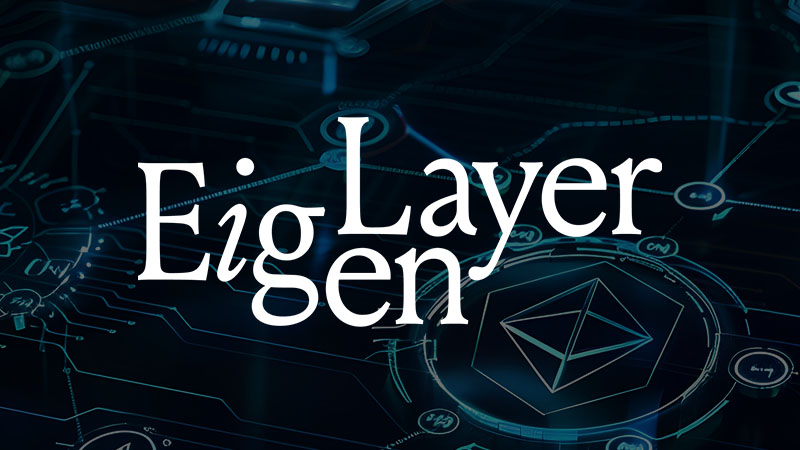The EigenLayer (EIGEN) token surged into the top 100 cryptocurrencies following its listing on major exchanges like Binance and Coinbase.
EigenLayer introduces a groundbreaking restaking protocol that allows Ethereum users to enhance blockchain security and earn rewards by redistributing their staked assets.
Discover how EigenLayer is reshaping decentralized security and boosting DApp development.
Contents
EIGEN Cryptocurrency Surges into the Top 100 with Multiple Exchange Listings
The native token of Ethereum’s restaking protocol, EigenLayer (EIGEN), began trading on major cryptocurrency exchanges on October 1, 2024. This event propelled EIGEN into the top 100 cryptocurrencies by market capitalization, attracting significant attention from the crypto community.
Originally airdropped in May 2024, EIGEN was locked until October, preventing token transfers. However, with the token unlock on October 1, EIGEN became available for trading on several major exchanges, marking a high-profile debut.
EIGEN's listing on these major platforms drew attention due to the scale of its market debut:
As of the time of writing, EIGEN is priced at $3.88, with a market capitalization of $723 million, placing it at 91st in the cryptocurrency market cap rankings.
What is EigenLayer (EIGEN)?
EigenLayer (EIGEN) is a protocol that operates on the Ethereum ecosystem, offering a service known as “restaking.” This protocol enables the redistribution of Ethereum’s security to other projects, bolstering their security while also providing additional rewards to users.
Restaking refers to the process of reusing staked assets to support the security of other blockchain protocols and services, earning additional rewards in return.
Users who stake ETH or liquid staking tokens (LST) can use EigenLayer to restake their assets, contributing to the security of various applications while earning extra rewards.
In blockchain ecosystems like Ethereum that rely on Proof of Stake (PoS), the total value of staked assets is directly linked to the network's security.
EigenLayer takes advantage of Ethereum's vast staking pool, redistributing part of its security to enhance the protection of other networks.
EigenLayer’s whitepaper introduces important concepts such as Active Validation Services (AVS), Operators, and Delegation. Understanding these components helps clarify the core mechanisms of EigenLayer:
- Active Validation Services (AVS): AVS are services built on the EigenLayer protocol. They use the shared security provided by Ethereum stakers to strengthen the security of networks operating on EigenLayer.
- Operators: Operators run AVS software on EigenLayer. They enable stakers to delegate their ETH or LST, contributing to the security of multiple services simultaneously.
- Delegation: Delegation is the process where stakers assign their assets (ETH or LST) to an operator. The staked assets are then distributed across multiple AVS to enhance their security.
EigenLayer has gained attention as an innovative protocol that strengthens the security of new projects and services while providing stakers with additional rewards.
This approach is expected to contribute to the development of decentralized applications (DApps) and improve the reliability and scalability of blockchain networks, making EigenLayer a project to watch closely in the coming months.
For more information about EigenLayer, you can visit its official website or read the whitepaper.
-

Top 10 Cryptocurrency Profitability Rankings: SHIB, ADA, and DOGE Lead the Bull Market
Discover the top-performing cryptocurrencies leading the bullish market, including SHIB, ADA, and DOGE. Learn which coins delivered the highest returns and what’s driving market trends.
続きを見る


